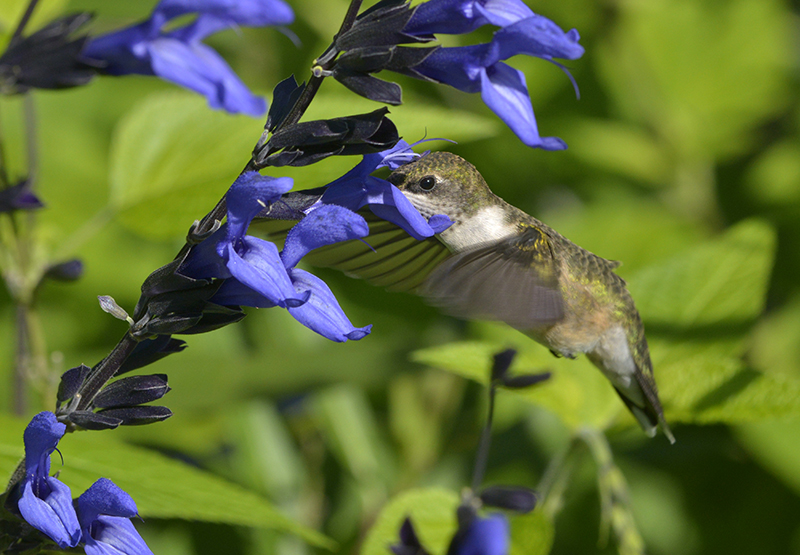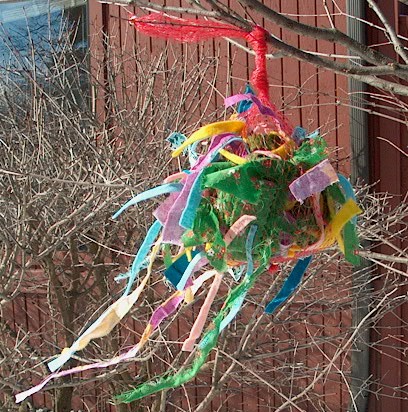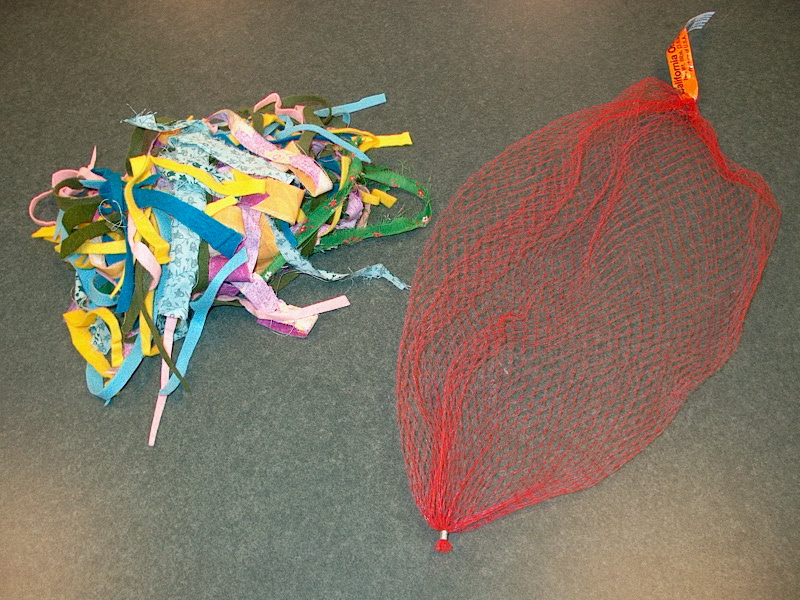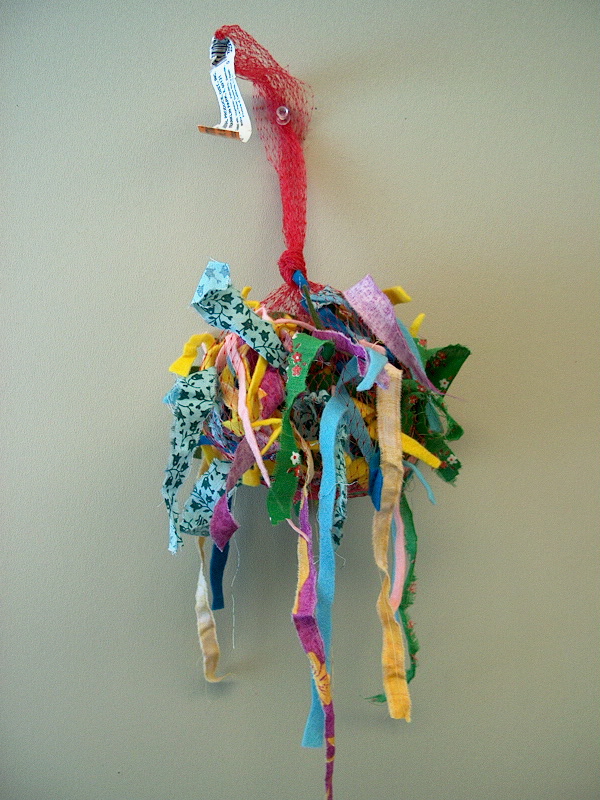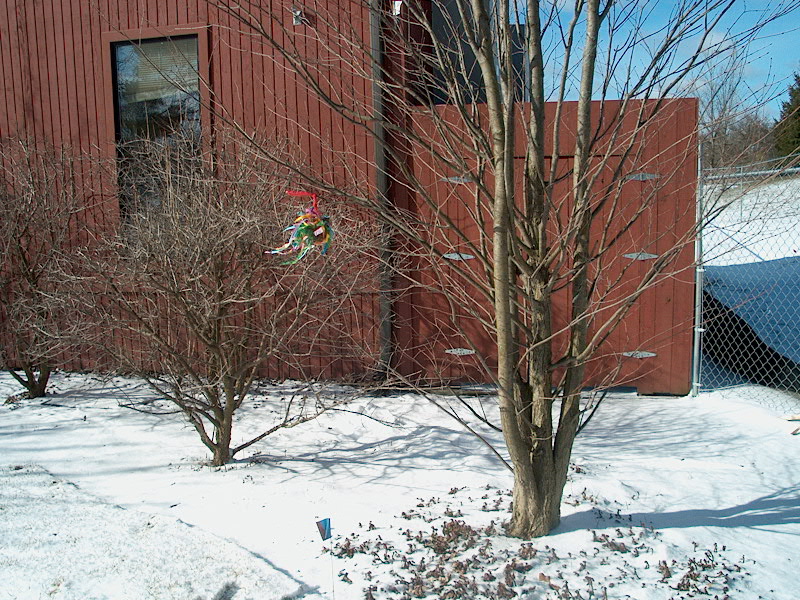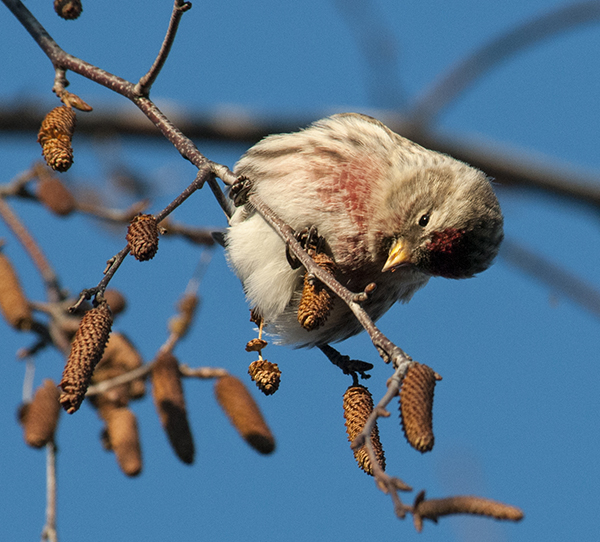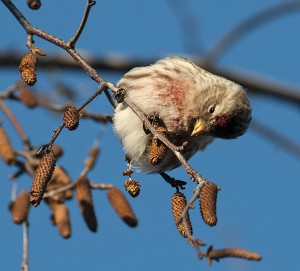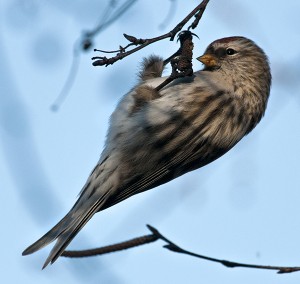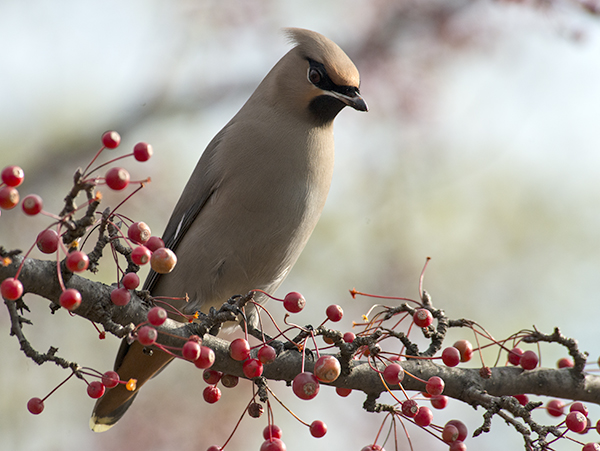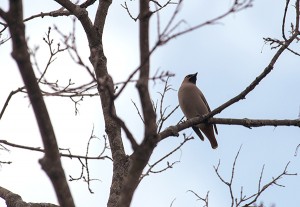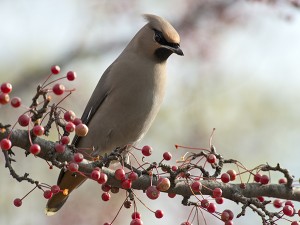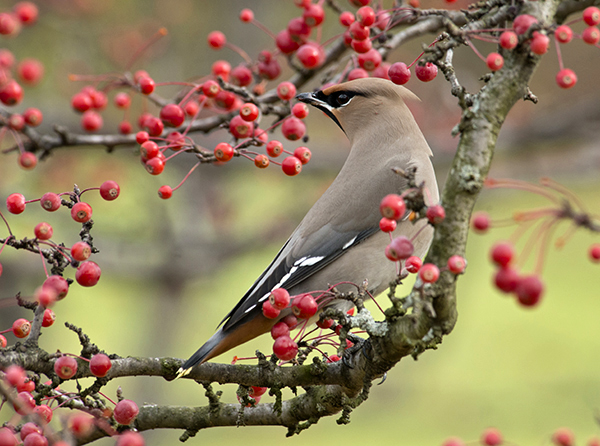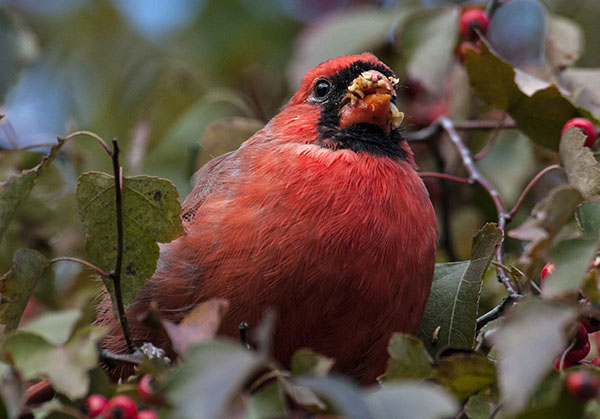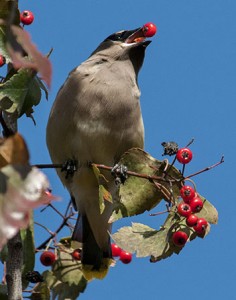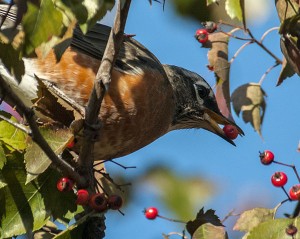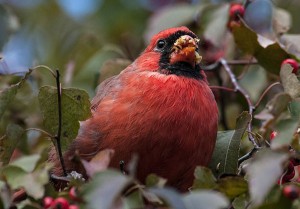Hummingbirds zip here and there so quickly that I’m not always sure if I see what I think I see. Often, I hear the low buzz of their wings before I actually see them. Zip, zip, zip, there they go. Can I focus in time? Is my shutter speed fast enough? These are just a few of the challenges of photographing these beautiful “jewels of the air.”
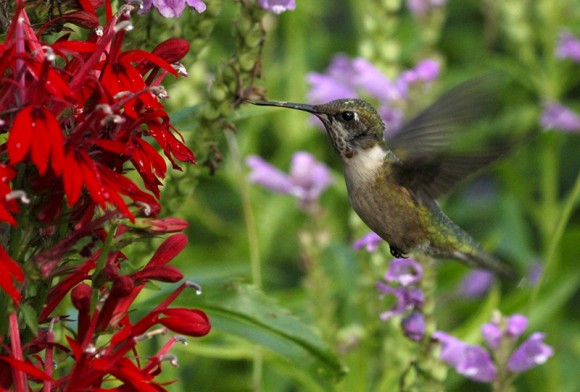
©Carol Freeman
If you see one of these gems, it is virtually guaranteed to be the ruby-throated hummingbird, the sole breeding hummingbird of the eastern United States. They winter in Central America, and spend the summers in North America. There are often breeding pairs here at the Chicago Botanic Garden. You can see them feeding if you know where to look.
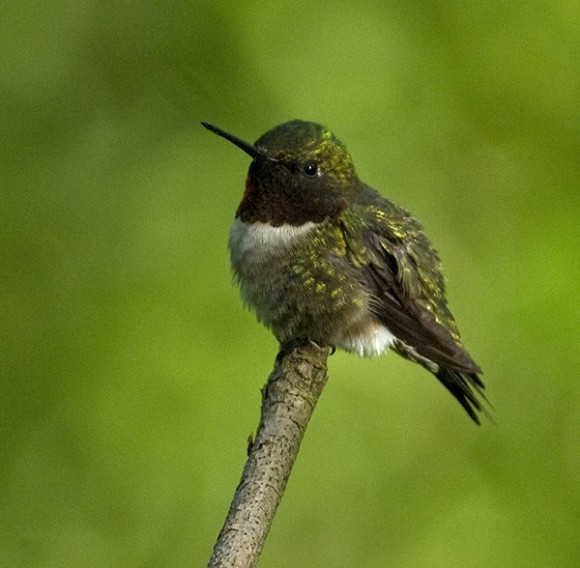
©Carol Freeman
I always check their favorite flowers: any color of trumpet-shaped flowers, red and orange flowers, and even flowering trees. I’ve seen them regularly in three places in the Garden.
One area is in and around the English Walled Garden. You can stand on the main sidewalk and watch them as they visit the flowers and then rest on one of the small trees. They will often visit the same patch of flowers over and over again and then go back to the same perch, giving you a perfect chance to snap a few photos. I use at least a 200mm lens and prefer my 300mm lens for best results. I set my camera to f8, 1/1000 of a second, for sharp shots with just a touch of wing blur. I use manual focus and take lots of photos. I’d say I get one good photo for every 15 or 20 I take! So keep at it! These are tricky birds to get in the air.
Another good place to find hummingbirds is around the Sensory and Enabling Gardens. It’s a large area, but walk around and look for the colorful flowers. There is a good chance a hummingbird will be nearby.
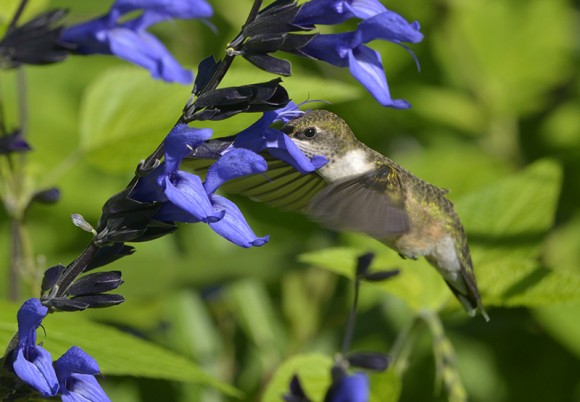
©Carol Freeman
The third place where I often see them in late summer is in the Grunsfeld Children’s Growing Garden. There is a nice patch of bright red salvia near the little pond, which seems to be a favorite hangout for hummingbirds. You can just park yourself a few feet away from the flowers, wait 15 minutes or so, and most likely a hummingbird will stop by!
But be ready, as you just might have a close encounter with a hummingbird almost anywhere in the Garden. I’ve seen them by the Bulb Garden, the Fruit & Vegetable Garden, McDonald Woods, the Native Plant Garden, and even out in the Prairie! It’s always a thrill and a joy to see these amazing birds any day, and if I happen to get a photo, well that’s just the icing on the cake.
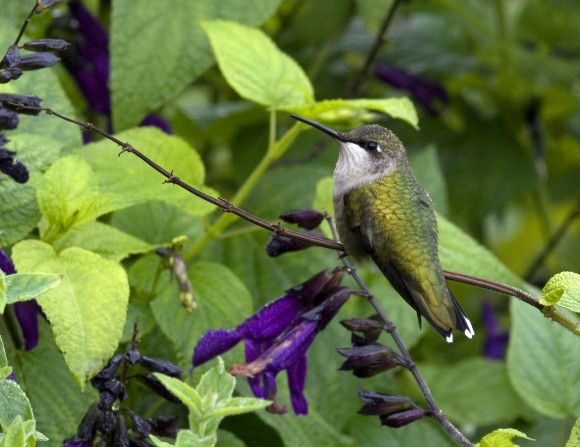
©Carol Freeman
©2013 Chicago Botanic Garden and my.chicagobotanic.org

